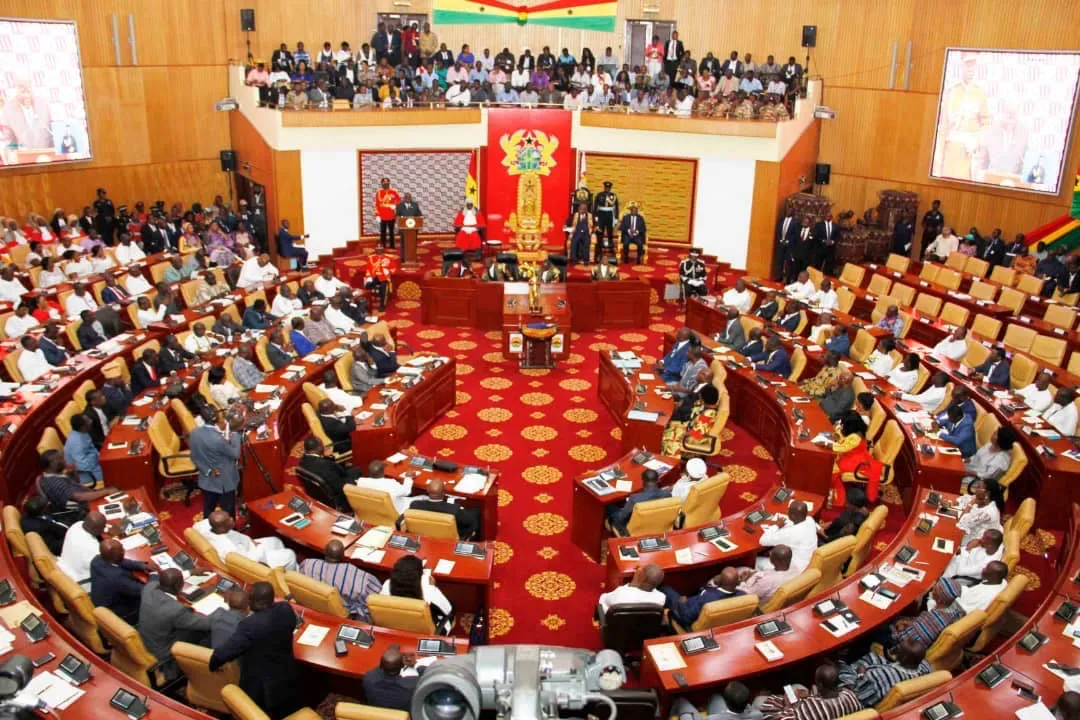Ghana’s pension industry ended 2024 on a record high, with total assets hitting GH¢86.23 billion, up 39.5% from GH¢61.8 billion in 2023, according to the 2024 Financial Sector Report.
The surge was driven by stronger enforcement against employers defaulting on contributions, rising enrolment, partial settlement of government arrears, and favourable investment returns.
Private Schemes Lead Growth
Private pension schemes Tier 2 and Tier 3 were the main growth engine, with Assets Under Management (AUM) climbing 37.4% to GH¢63.88 billion from GH¢46.5 billion in 2023. Improved investment performance, higher contribution inflows, and prosecution-led enforcement of Tier 2 payments underpinned the gains.
Membership also expanded across all schemes, boosted by compliance drives from the National Pensions Regulatory Authority (NPRA). Informal sector participation rose moderately, aided by targeted education campaigns and more flexible products for self-employed workers.
SSNIT Records Strong Performance
The Basic National Social Security Scheme (BNSSS), managed by SSNIT, grew its AUM to GH¢22.4 billion in 2024 from GH¢15.3 billion in 2023. This was supported by higher investment returns and partial government debt repayments.
Payouts under BNSSS increased to GH¢6.46 billion from GH¢5.46 billion, signalling higher liabilities and the need for robust risk management.
Shifting Investment Patterns
The report noted a drop in pension fund allocations to government securities from 81.49% in 2023 to 72% in 2024 and to local government/statutory agency investments, which fell from 2.56% to 0.93%.
In contrast, investments in Collective Investment Schemes rose from 1.46% to 3.51%, while holdings in Ordinary and Non-Redeemable Preference Shares jumped from 2.50% to 5.71%, pointing to growing appetite for equities. Some funds also explored alternative assets such as real estate and private equity.


















